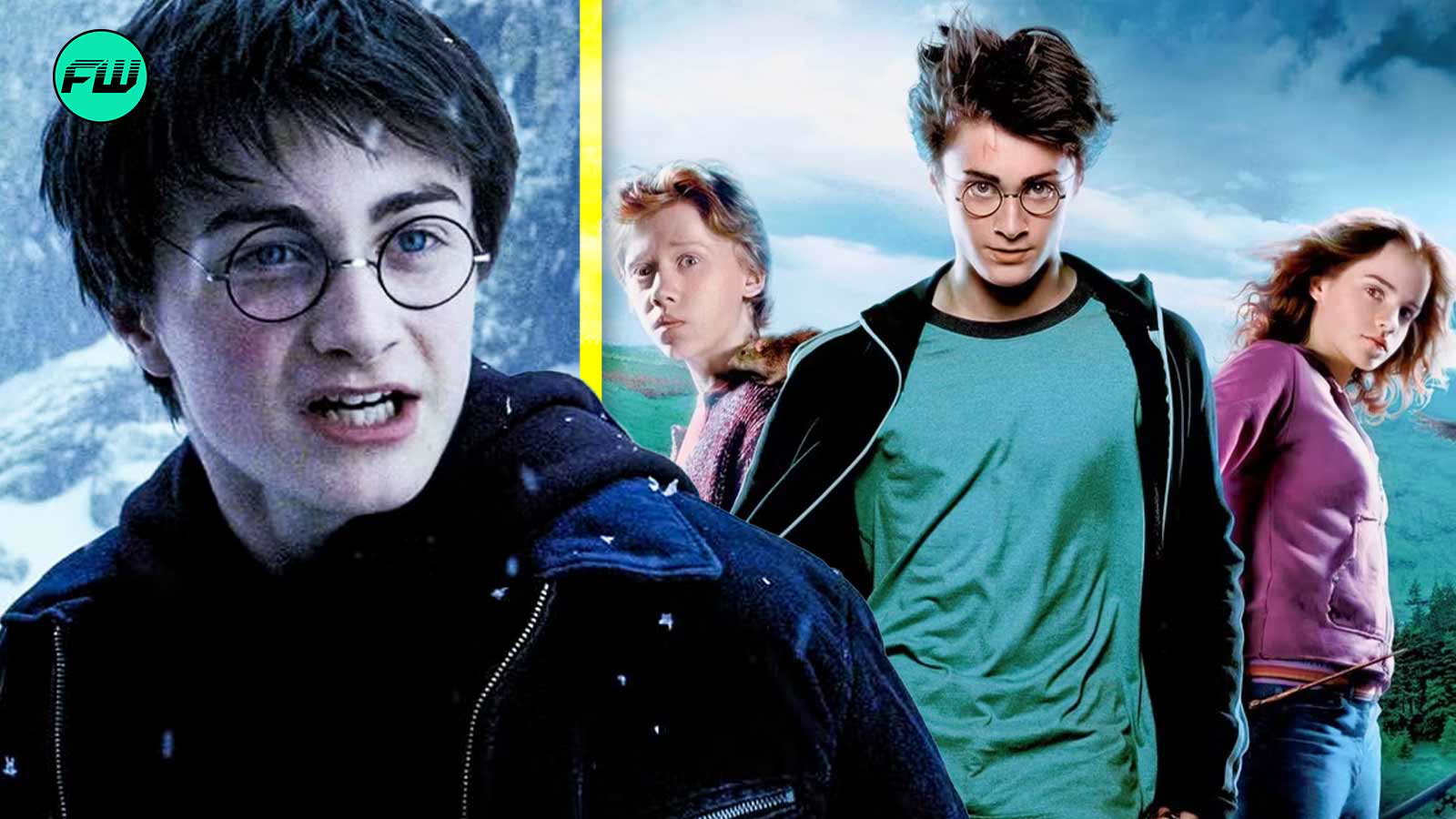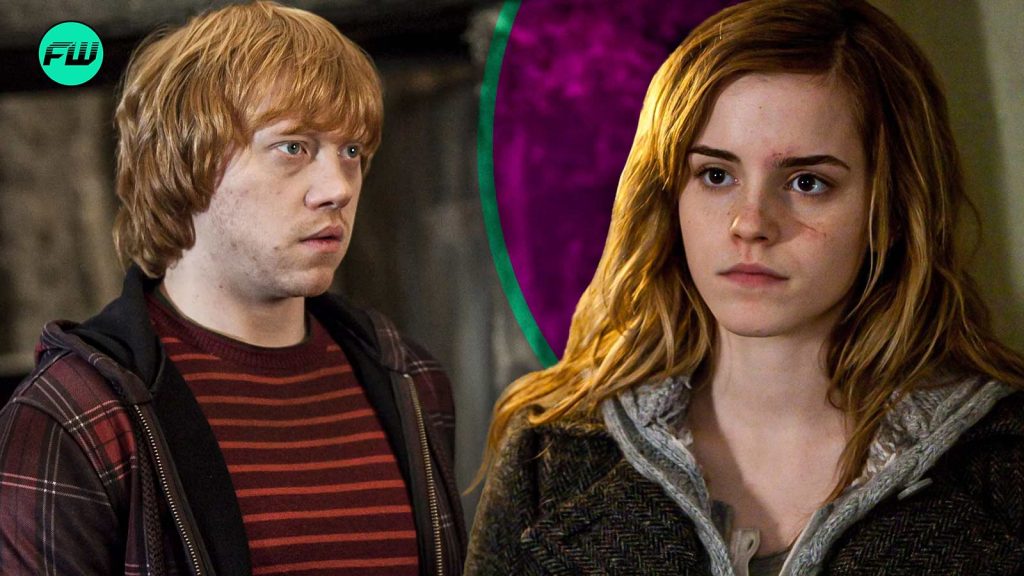After the two childlike and whimsical installments of Harry Potter, when Hogwarts suddenly got a dark makeover, trading its cheerful charm for eerie shadows, Alfonso Cuarón turned out to be the man behind the camera. But he was simply setting the tone for mature themes, as mentioned in the novels by J.K. Rowling.

Therefore, realizing that Harry Potter and the Prisoner of Azkaban qualified as a horror flick, Alfonso Cuarón decided to take inspiration from classic horror and film noir. Eventually, while this unprecedented mix of fright and fantasy turned Harry Potter’s third adventure into a PG-rated film, it also changed the franchise for good.
Alfonso Cuarón Explained the Horror and Noir Element of Prisoner of Azkaban
When Alfonso Cuarón took to direct Harry Potter and the Prisoner of Azkaban after reading J.K. Rowling’s third novel, he surprisingly realized the looming threat and the dark aspect of the storyline. Feeling that the cinematic depiction of the storyline could “definitely” qualify as a horror flick, Cuarón admitted turning to German cinema and Fritz Lang’s films.
Recalling his experience from directing Daniel Radcliffe‘s Harry Potter and the Prisoner of Azkaban in 2004, Alfonso Cuarón detailed his journey during his interview with Total Film (via GamesRadar). Claiming to have found two important elements in the story for the third entry in the franchise, the filmmaker explained how he infused the third installment of Harry Potter with a dose of dark magic.
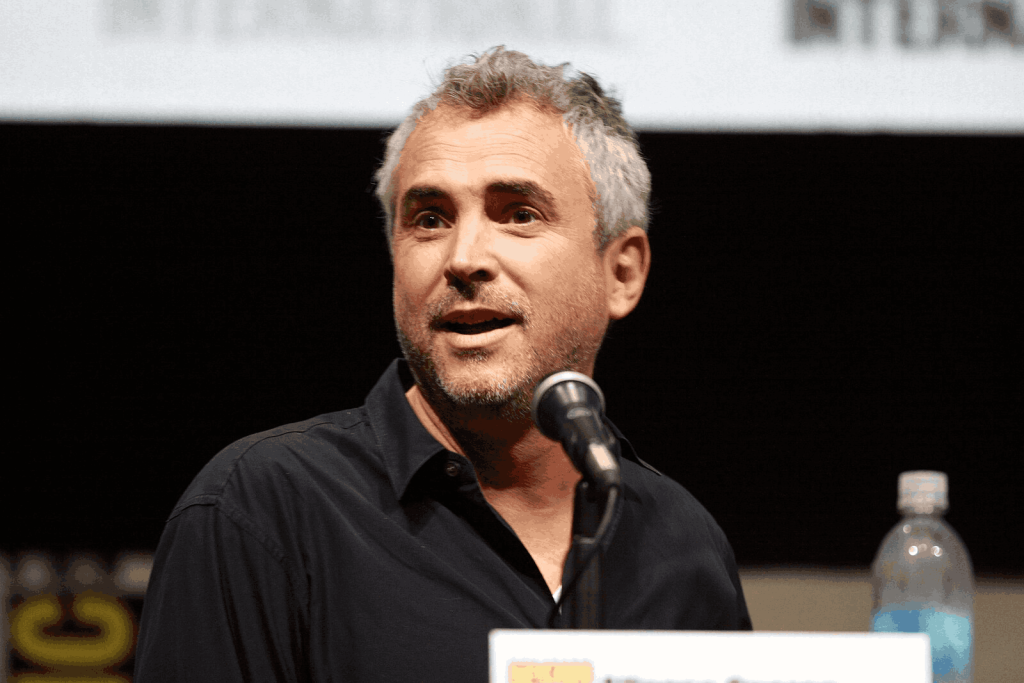
When I read the book, there were two elements that I liked. There was the horror film element, but also the noir aspect of it. In a way, when I was doing it, the model was more of the German cinema at the end of the silent era, and the transition into the talkies, like Fritz Lang to Murnau.
You can see that some of Fritz Lang’s films are kind of noir, but, at the same time, they have kind of horror elements to them. And, more importantly, particularly with Fritz Lang, through the genre, he was trying to convey — or just to project — the anxieties of his time. I think that what J.K. Rowling did with Potter, it was a reference of our times, of human behavior.
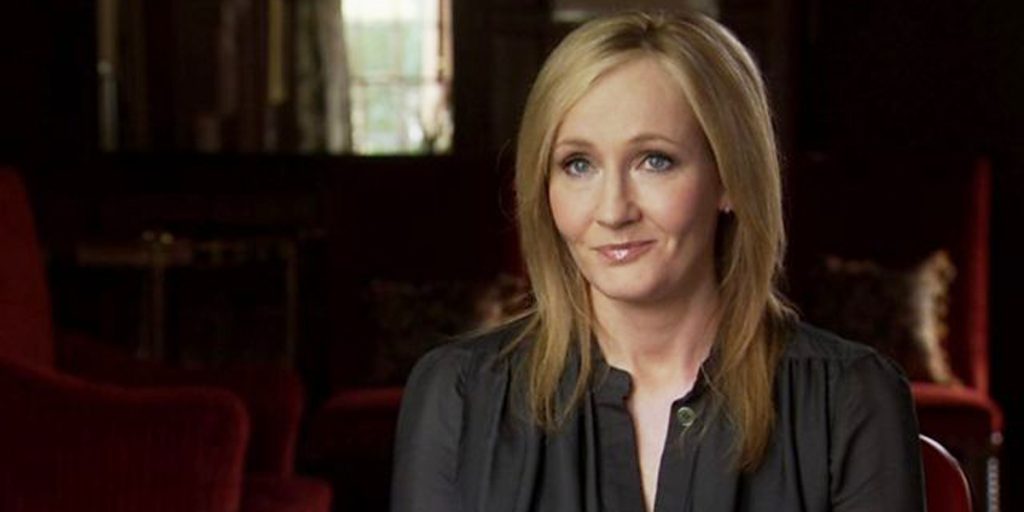
Therefore, offering the fan-favorite childhood wizard movie a spooky makeover with a Fritz Lang twist, Alfonso Cuarón marked a major shift in the franchise. Realizing that J.K Rowling’s Harry Potter and the Prisoner of Azkaban set the tone for the forthcoming installments, Cuarón marked a distinctive directorial shift from its previous whimsical magical adventure to a full-fledged horror flick with dark themes and the looming threat of the Dark Lord.
Alfonso Cuarón’s Harry Potter Installment Changed the Course of the Franchise
For Alfonso Cuarón, J.K. Rowling’s wizarding world appeared more than a whimsical adventure – a reflection of contemporary anxieties and fears that mirrored the unease of the particular era. Therefore, he approached the film with a touch of darkness. Stating that it was about capturing the essence of the dark times and its psychological impacts, Cuarón flawlessly delivered the spin-tingling element while simultaneously laying the groundwork for the forthcoming films.
In doing so, although Alfonso Cuarón’s Harry Potter and the Prisoner of Azkaban received a PG rating for its “frightening moments, creature violence, and mild language” from the Motion Picture Association of America (MPAA), the director left an indelible mark on the franchise. Leaving behind the cheerful, innocent days, the filmmaker came up with a more shadowy, intense theme, where every corner of Hogwarts alongside the people, seemed to harbor a secret.
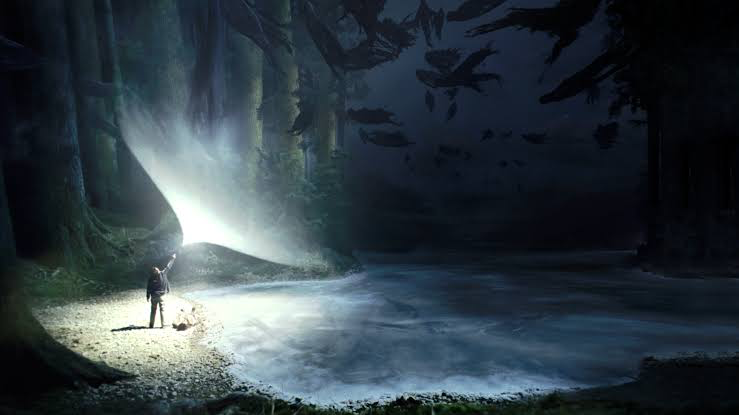
Alfonso Cuarón’s influence thus became unmistakable, as his vision transformed the Harry Potter franchise into an adult film series dealing with crisis and loss of life. Introducing a new level of depth and darkness that lingered in the next installments, the filmmaker’s legacy went on, even though he didn’t direct any further installments.
Harry Potter films are available on Max.

